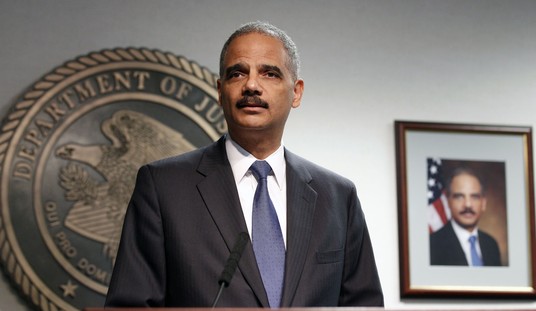While turnover at the command level in the American military is common, it’s recently been noted that the Navy has been removing a significant number of leaders at the highest levels. And in many of these cases, the outgoing officers and most senior enlisted personnel are not simply being transferred because they had reached the normal end of their assignment and are moving on to a more senior position. A lot of them are being terminated from their positions for cause. The Navy has given 13 commanding officers their walking papers this year, with five of them coming just in the month of June. The group included the Commanding Officer of the boot camp and training facility at Great Lakes, Illinois. (Which happens to be where I went to boot camp back in the day.) What some reporters are finding curious is that the Navy hasn’t announced any underlying reason for all of these dismissals. The following details come from Task and Purpose.
The Navy tends to relieve leaders in clusters, and the firings have come thick and fast recently.
Since May 31, six commanding officers and one command master chief have lost their jobs: Capt. Amy Larson and Marine Lt. Col Bret Swaim were relieved as commander and executive officer of the Naval Justice School; Cmdr. Matthew McCormick was relieved as commander of Electronics Attack Squadron 137; Cmdr. Devine Johnson and Command Master Chief Earl Sanders were ousted as the skipper and senior enlisted leader of the destroyer USS Bulkeley; Capt. Jeffrey Sandin was fired as head of Recruit Training Command; and Cmdr. Peter Lesaca was relieved as commanding officer of the destroyer USS Preble.
Of the five commanding officers removed from their positions in June, all but one of the dismissals was done without any public announcement as to the reason. The exception was Cmdr. Peter Lesaca who was formerly the captain of the USS Preble. He was removed after being arrested on suspicion of DUI.
Virtually all of the dismissals were done following a finding by the Navy that they had a “loss of trust and confidence” in the leaders’ ability to command. As the linked report notes, this is a largely meaningless phrase that the military invokes when they would prefer not to go into the personal details of what had happened with the officers. But that’s a fairly large number of losses in trust and confidence to be cropping up all at once, isn’t it?
Perhaps not. A Navy spokesperson told Task and Purpose that “the reliefs are not related.” She went on to quote a figure saying that, on average, 17 commanding officers are relieved of duty every year. That may be true, but we’re already up to 13 for 2022 and we’re not even through the month of June yet.
The spokesperson further explained that the Navy releases public details when an officer or senior enlisted person has been “disciplined for misconduct.” This is done in the interest of transparency and maintaining the trust of the public. But the Navy weighs in the right to privacy of leaders who have only been accused or suspected of some misdeed.
Speaking as a veteran myself, I can tell you that this explanation does check out. The military system of justice is quite different from the process civilians can generally expect. You really only have to be suspected of something in the military to bring down the hammer. The situation with the captain of the USS Preble that was mentioned above is a case in point. Cmdr. Lesace wasn’t convicted of a DUI (which presumably took place out in the civilian world). He was only charged with drunk driving. But that was all it took and now he’s lost his command and very likely any further opportunities for advancement.
It’s also worth keeping in mind that while 13 commanding officers may sound like a large number, there are more than 160 carriers, cruisers, and destroyers in the Navy. There are more than 70 submarines. There are more than 100 stations and naval bases around the globe. And every one of them has a commanding officer, an executive officer, and other senior personnel. So for 13 of them to get into some sort of perceived trouble in a six-month period probably isn’t all that much of a statistical anomaly and we probably don’t need any sort of conspiracy theory to explain these numbers.








